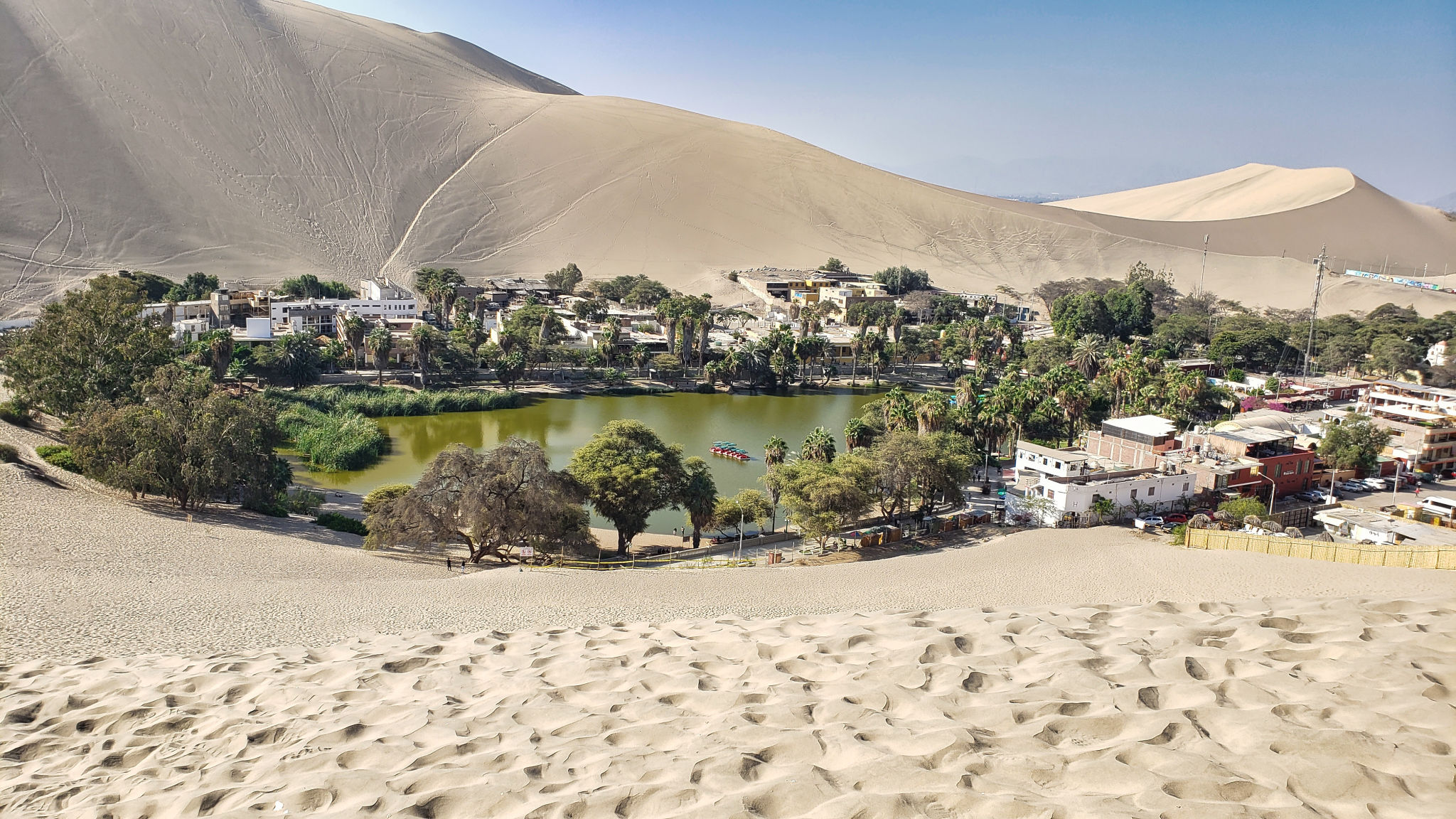Top Land Management Trends Impacting Omaha
Introduction to Land Management Trends
Land management is an ever-evolving field, especially in regions like Omaha, where urbanization and environmental concerns intersect. Understanding the latest trends can help landowners, developers, and policymakers make informed decisions that benefit both the community and the environment. In this blog post, we will explore some of the top land management trends currently impacting Omaha.

Sustainable Development Practices
One of the most significant trends in land management is the shift towards sustainable development practices. This includes integrating green spaces into urban designs, using eco-friendly building materials, and implementing energy-efficient technologies. These practices not only help reduce the carbon footprint but also enhance the quality of life for residents.
In Omaha, there is a growing emphasis on creating mixed-use developments that combine residential, commercial, and recreational spaces. This trend aligns with the principles of sustainable development by reducing commute times and promoting walkability.
Smart Technology Integration
The integration of smart technology is transforming land management in Omaha. From using drones for land surveys to implementing automated irrigation systems in agriculture, technology is playing a crucial role in optimizing land use. Smart technology helps in efficient resource management and improves decision-making processes by providing real-time data.

Moreover, smart city initiatives are being embraced to enhance urban living. These initiatives involve deploying sensors and IoT devices to monitor environmental conditions, traffic flow, and public safety, ultimately making cities more livable and sustainable.
Community-Centric Planning
Another emerging trend is community-centric planning, which focuses on engaging local communities in the land development process. This approach ensures that projects reflect the needs and preferences of residents, fostering a sense of ownership and satisfaction. In Omaha, public consultations and participatory design sessions are becoming more common as stakeholders recognize the value of community input.
Conservation and Biodiversity
Conservation efforts are gaining momentum in Omaha as more people become aware of the importance of preserving natural habitats and biodiversity. Land management strategies now often include measures to protect endangered species, restore ecosystems, and promote native vegetation. Such efforts contribute to maintaining ecological balance and supporting local wildlife.

Additionally, developers are increasingly incorporating green infrastructure, such as rain gardens and green roofs, to manage stormwater runoff and improve urban biodiversity. These practices not only benefit the environment but also enhance property values and community resilience.
Conclusion
The landscape of Omaha is experiencing significant changes as these land management trends take hold. By embracing sustainable development practices, integrating smart technology, focusing on community-centric planning, and prioritizing conservation efforts, Omaha is paving the way for a more sustainable future. As these trends continue to evolve, they will shape the city's growth and development in meaningful ways.
